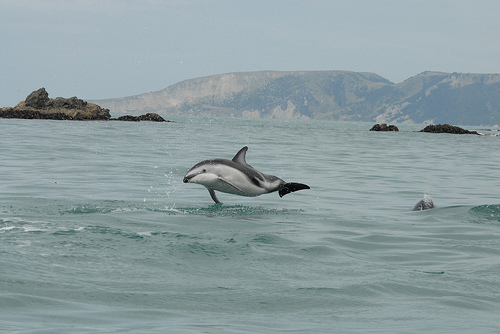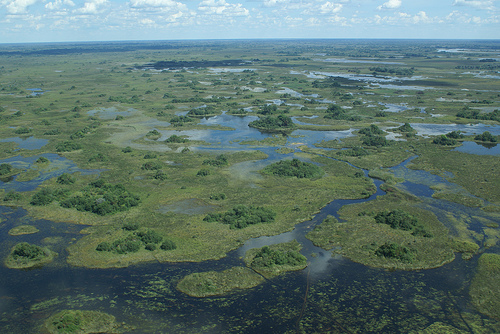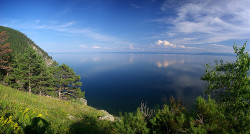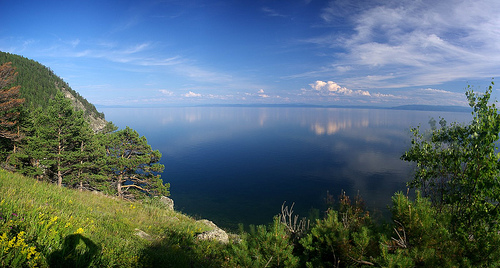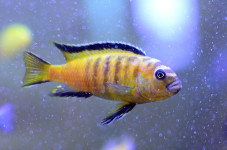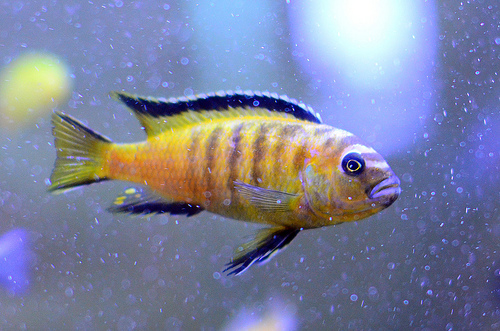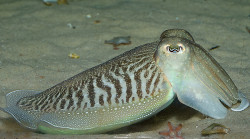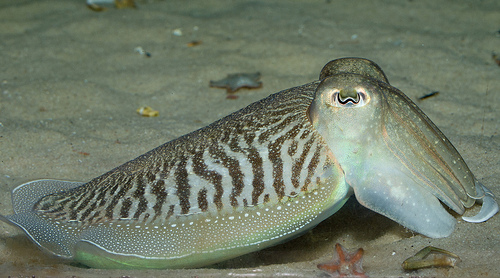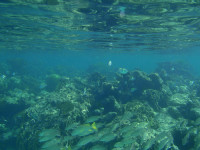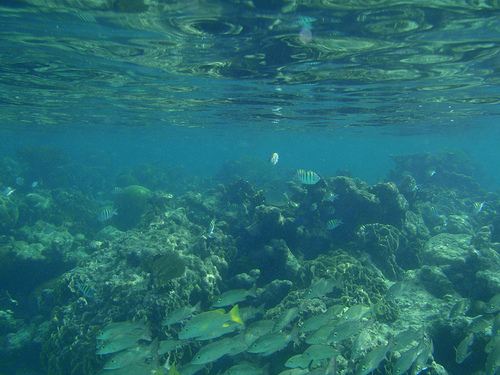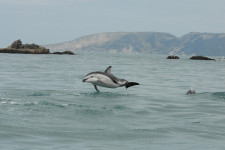
Dusky dolphins are the experts in acrobatics.
- Dusky dolphins are a species of dolphin native to fairly low temperature waters in coastal areas, in the Southern Hemisphere, and they live in large groups or pods, that revert to small groups at various times in the day.
- The scientific name of a dusky dolphin is Lagenorhynchus obscurus and it is from the family Delphinidae, the family of oceanic dolphins.
- The diet of dusky dolphins consists primarily of aquatic animals, that mainly includes fish and squid, and they are preyed upon by orcas and sharks.
- A dusky dolphin’s length ranges from 1.6 to 2.1 metres (5.2 to 6.9 feet), while the weight varies from 70 to 120 kilograms (154 to 264 pounds).
- It is common for dusky dolphins to swim according to cold water currents, and they are said to be able travel up to 780 kilometres (485 miles) in a single journey.
Dusky Dolphin
Image courtesy of NOAA Photo Library/Flickr
- Dusky dolphins have a smooth skin that ranges from grey, black and blue in colour, while the underbelly is white.
- The sounds produced by dusky dolphins are generally clicks and whistles that have a frequency varying from 40 to 110 kilohertz.
- For reproduction purposes, female dusky dolphins generally prefer speedier and more agile males over any other characteristic, and mature females will usually produce one calf every two to three years, and care for their young in groups that contain mothers and their babies.
- Dusky dolphins are prided for their particular skill in aerial acrobatics, that include graceful flips, slaps, leaps and spins.
- As a popular animal viewed by tourists, dusky dolphin sightings have increased significantly over the decades, although actual numbers of the animal in the wild are undetermined due to a lack of data, and the species is protected in many areas.
Bibliography:
Dusky Dolphin, 2015, A-Z Animals, http://a-z-animals.com/animals/dusky-dolphin/
Dusky Dolphin, 2015, Wikipedia, https://en.wikipedia.org/wiki/Dusky_dolphin






